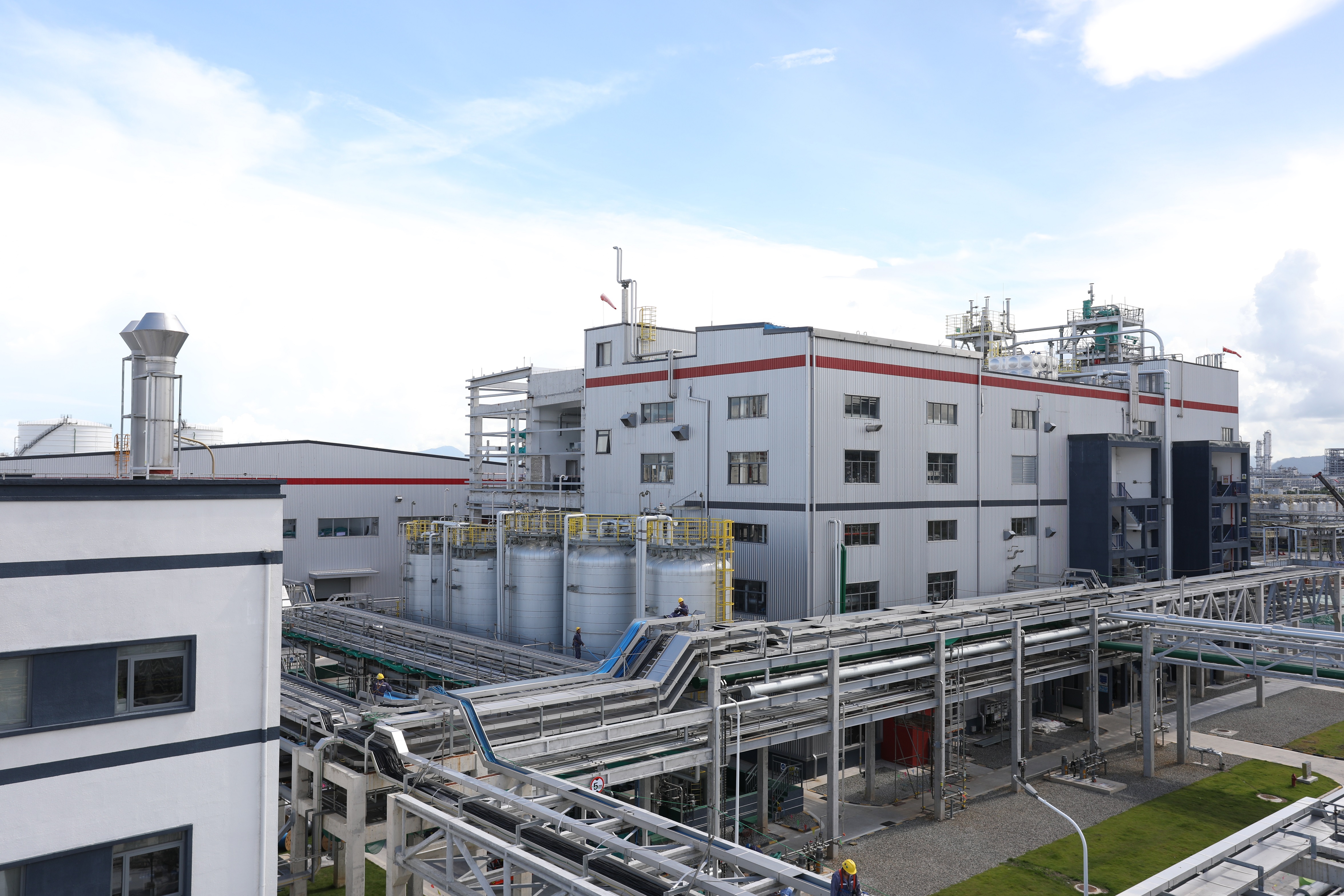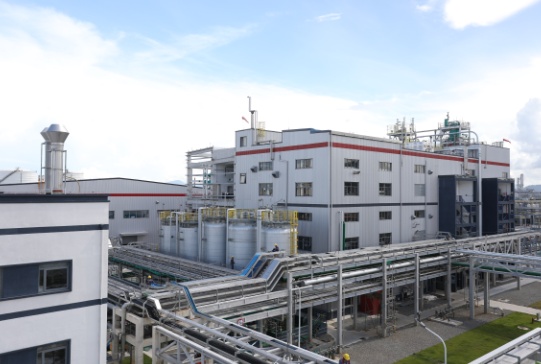Clariant's China Daya Bay Facility Expands and Upgrades, Launches New Exolit™ OP Flame Retardant for Electric Vehicle Sector
Recently, Clariant completed its investment of 100 million Swiss francs in its production site in Daya Bay, with the second production line set to be fully operational in November. This capacity expansion significantly enhances Clariant's ability to meet the growing demand in the Asian and global markets for more sustainable flame retardant solutions, particularly in the rapidly developing electric vehicle sector.


Angela Cackovich, President of the Adsorbents and Additives Business Unit and the Europe, Middle East, and Africa region, stated: "The ongoing investment in the Daya Bay production facility demonstrates our commitment to supporting the significant growth of engineering plastics in the electric transportation and electrical and electronics sectors. With this world-class manufacturing plant, we will consolidate our leadership in innovative and sustainable fire safety solutions while enhancing our ability to serve customers in the Asia-Pacific region by shortening delivery times and providing customized solutions."
In addition, Clariant announced the expansion of its Exolit OP flame retardant product line with the launch of two new high-performance solutions specifically designed for electric vehicle polybutylene terephthalate (PBT) applications. These two new products, Exolit OP 1242 (TP) and Exolit OP 1266 (TP), will be showcased at the K fair in 2025.
Addressing Key Challenges in the Electric Vehicle Sector
The new Exolit OP flame retardants address two key challenges in electric vehicle applications. Exolit OP 1242 (TP) offers excellent hydrolysis stability, while Exolit OP 1266 (TP) maintains a stable 600V Comparative Tracking Index (CTI) even after prolonged storage. Both products achieve the UL 94 vertical burning V-0 rating at an additive level of 15-20% (sample thickness of 0.4 mm).
With the transition of the electric vehicle industry to high-voltage systems of 800 volts and above, these innovative solutions can meet the higher demands for electrical insulation performance and long-term stability of materials under harsh conditions.
Avoid antimony market fluctuations
The new halogen-free flame retardants provide manufacturers with a preferred alternative to the traditional antimony trioxide (ATO) system. In recent years, the price of antimony trioxide (ATO) has risen sharply, and the supply chain has also experienced fluctuations.
Mariano Suarez, Clariant's Marketing Director of Additives, stated: "Our new Exolit OP solutions not only deliver exceptional technical performance for electric vehicle applications but also help manufacturers mitigate the risks associated with antimony market fluctuations. By offering halogen-free and antimony trioxide (ATO)-free alternatives without the use of fluoropolymer PTFE, we are able to help customers meet the increasingly stringent environmental requirements of automakers while maintaining supply chain stability."
ExolitNew melamine-free solution added to the product portfolio.
Clariant is committed to removing substances of very high concern (SVHC) from its product portfolio, and to this end, the company has also developed Exolit AP 422 A. This product offers exceptional fire protection for polyisocyanurate (PIR) insulation boards, while providing manufacturers with a solution that is free from melamine and substances of very high concern (SVHC), meeting stringent fire safety standards.
In the application of polyurethane foam, this multifunctional halogen-free ammonium polyphosphate can effectively replace TCPP (Tris(1-chloro-2-propyl) phosphate) and TEP (Triethyl phosphate), providing strong flame retardancy without adverse plasticizing effects. Exolit AP 422 A has better powder flowability, enabling more efficient production processing, allowing customers to create safer, more sustainable building materials that meet evolving regulatory requirements.
【Copyright and Disclaimer】The above information is collected and organized by PlastMatch. The copyright belongs to the original author. This article is reprinted for the purpose of providing more information, and it does not imply that PlastMatch endorses the views expressed in the article or guarantees its accuracy. If there are any errors in the source attribution or if your legitimate rights have been infringed, please contact us, and we will promptly correct or remove the content. If other media, websites, or individuals use the aforementioned content, they must clearly indicate the original source and origin of the work and assume legal responsibility on their own.
Most Popular
-

At Least 44 Dead in Century-Old Fire! Questioning Hong Kong's Hong Fu Garden: Why Has the Path to Fire Resistance Taken 15 Years Without Progress?
-

Satellite chemical's profits surge! can the 26.6 billion yuan high-end new materials project meet expectations? a review of progress on four major projects
-

Key Players: The 10 Most Critical Publicly Listed Companies in Solid-State Battery Raw Materials
-

Estun Turns Profitable in 2025 Half-Year Report, Industrial Robot Shipments Rank First Among Domestic Brands
-

Avatr Files for IPO on HKEX, Plans to Complete Listing in Q2 2026






